We launched the 14th environmental art installation at OISE in February, and it signals a new approach.Ā We havenāt been in our building at OISE for over a year, and we havenāt even been able to install last yearās installation yet.Ā So we thought weād experiment with a digital installation this year, as everything else has moved online.Ā A group of OISE grad students met with me online in the fall to brainstorm ideas for this yearās project, which had to be simple enough in tools and technique that anyone could contribute an image to this collaborative, community-based artwork. We also felt it had to recognize the pandemic in some way, as this will be an era that will impact our lives for decades to come.Ā I think we came up with a creative solution, entitled “Keywords for a Just Recovery.ā The installation was introduced via a webinar, highlighting how the pandemic has brought existing economic, social, and racial injustices to the fore, and how returning to ānormalā was not an option. We explored the work of artists who have focused on notions of a ājust recoveryā in recent months ā Jhon Cortes, Ricardo Levins Morales, Corrina Keeling, and Mona Caron, to name just a few, as well as examining the work of some artists who have led the way in working towards social and ecojustice justice for decades, like Krzysztof Wodiczko. OISE community members were invited to contribute an image (with a few keywords) that captures what they believe to be central to a ājust recoveryā. I’ve really enjoyed working with Ashley Sikorski, one of our talented grad students, on this project (the images above are hers). The work is still in process, and with luck, will result in a digital installation later in the spring, and realized in physical form when our building re-opens.
How will you contribute to a ‘just recovery’?
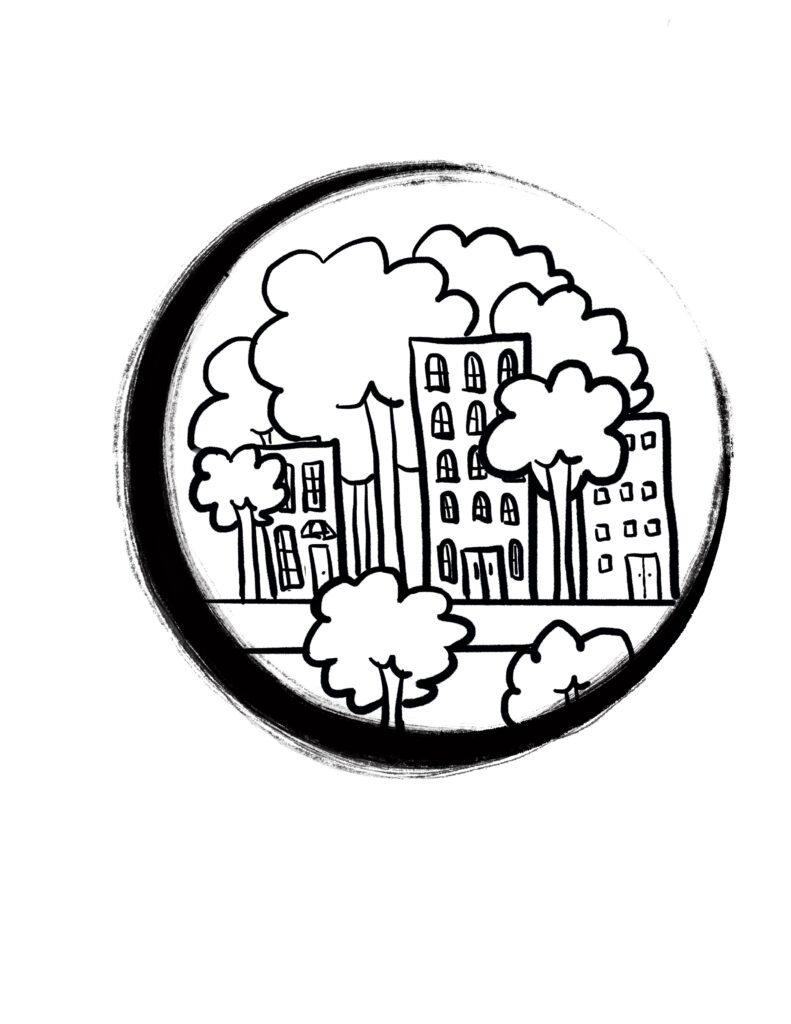

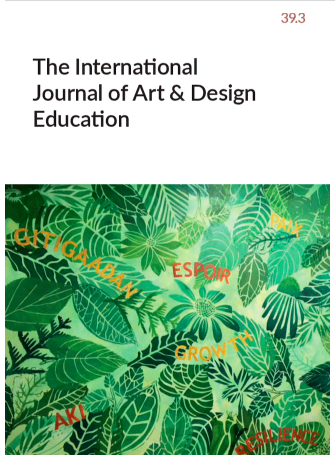
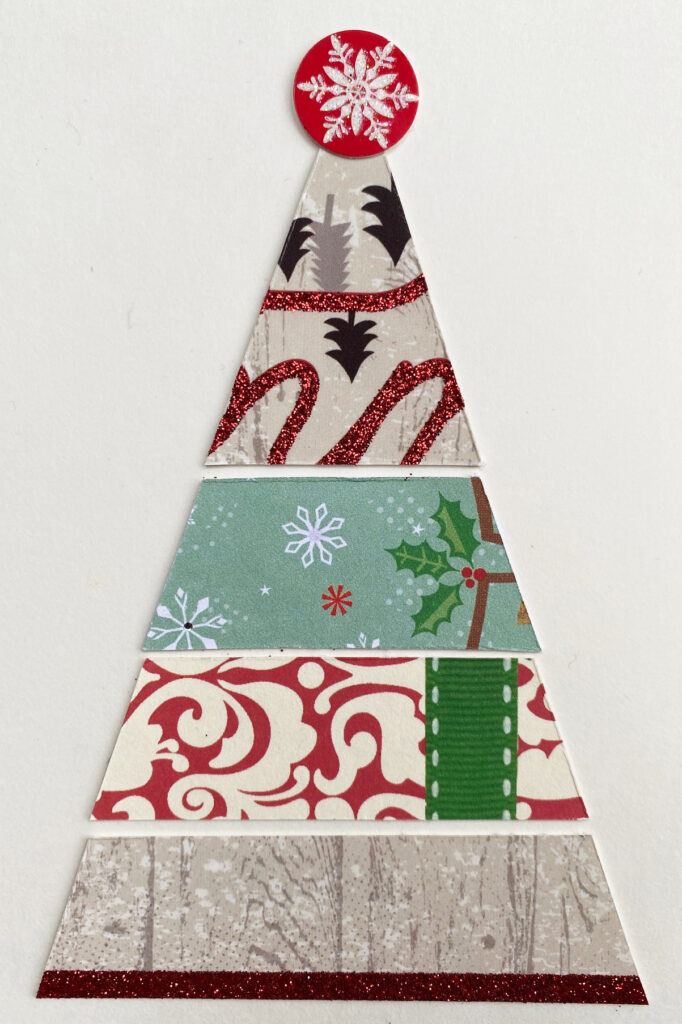
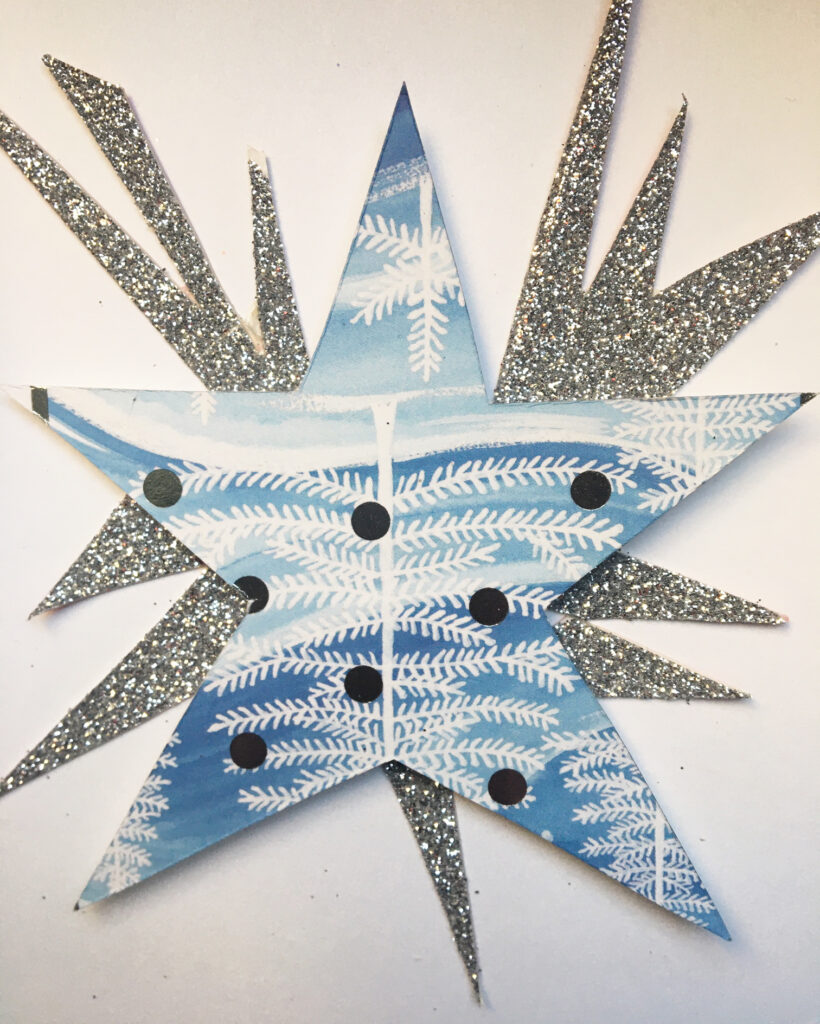

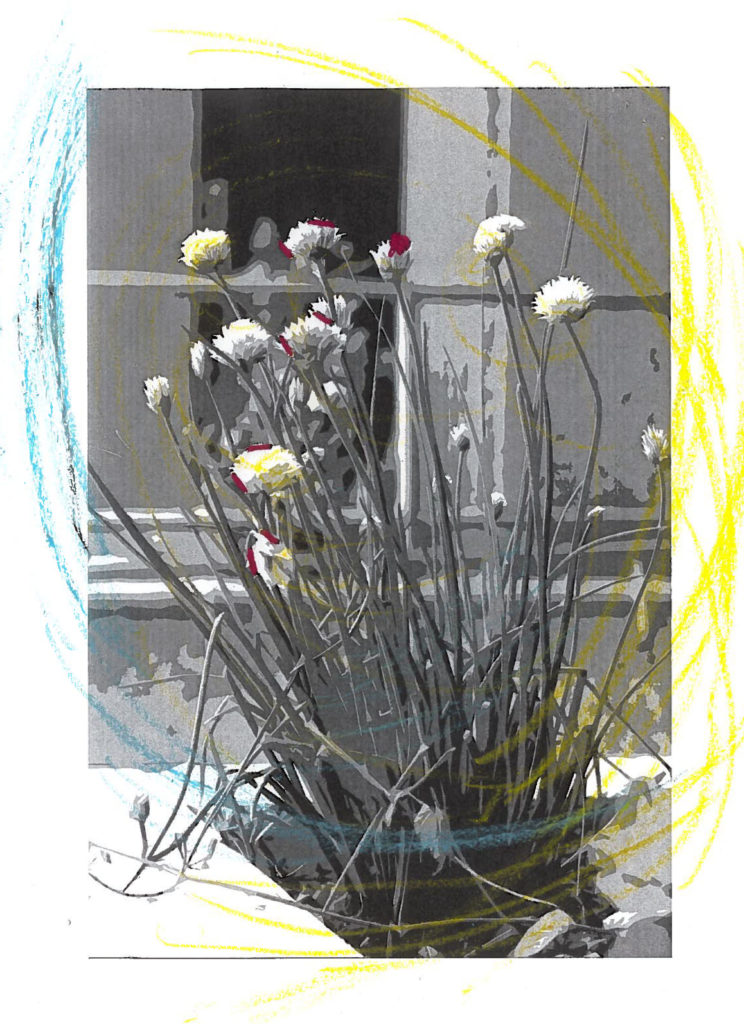
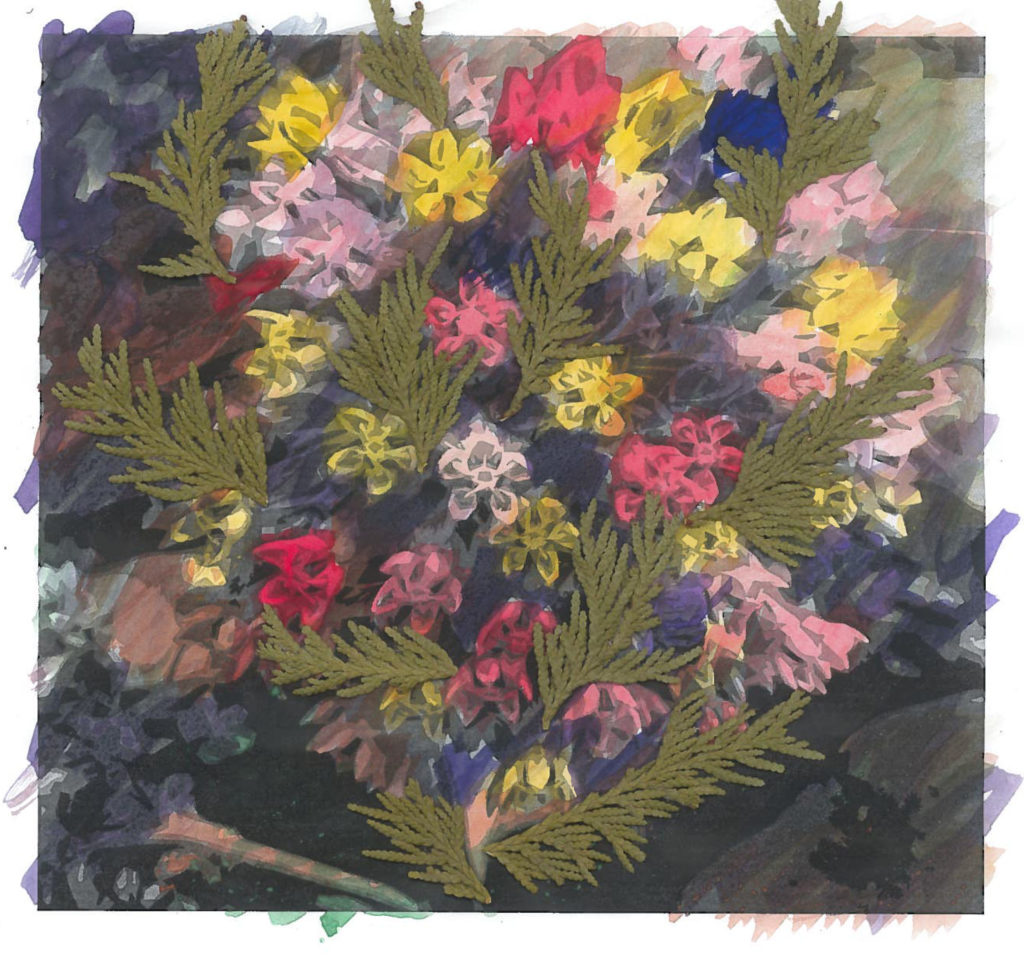
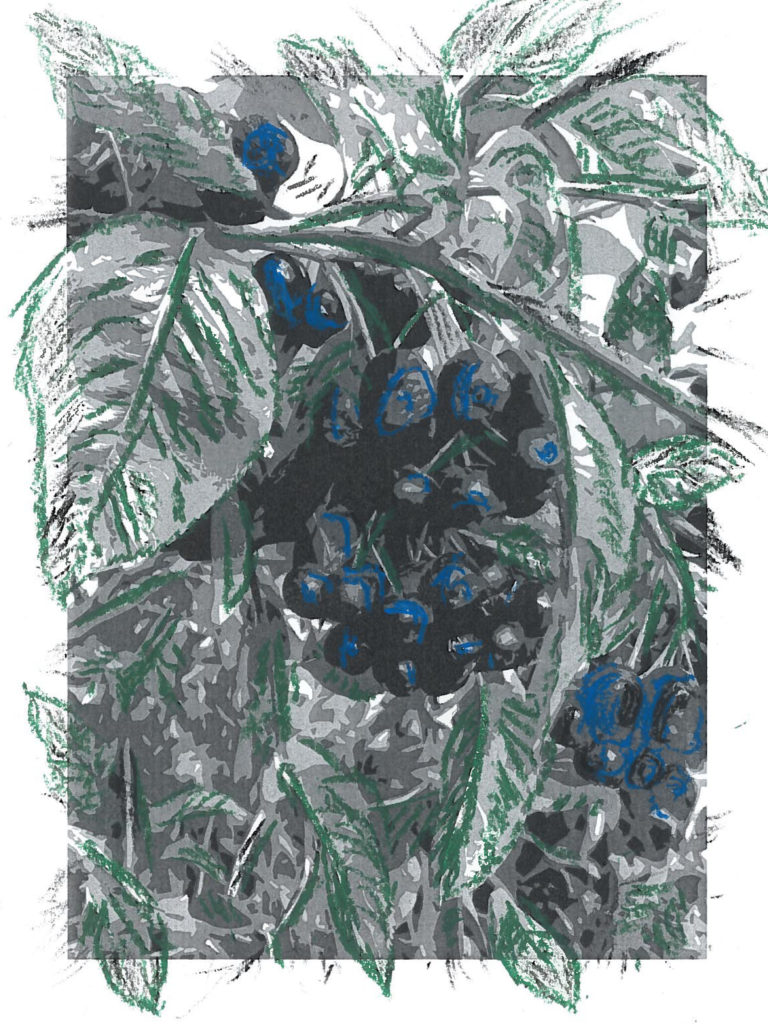

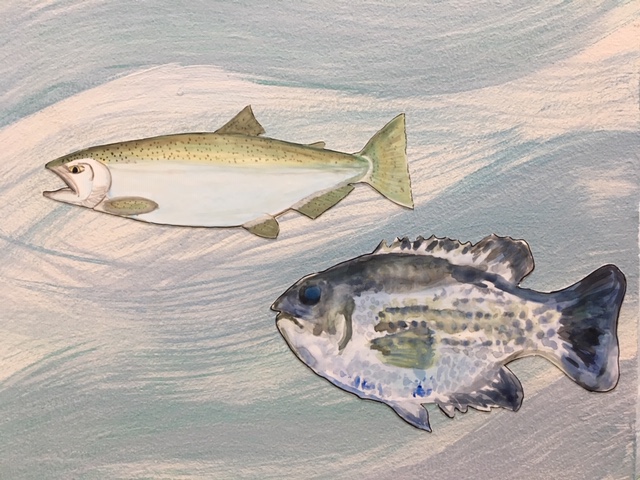


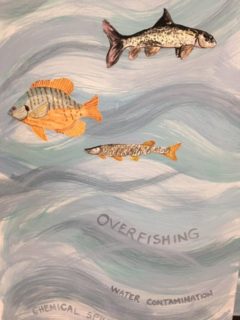
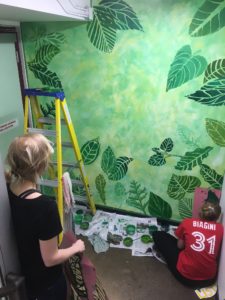 It must be spring as a new eco-art installation is blooming at OISE!Ā Ā This year our art team wanted to raise awareness about the importance of native plant species ā their central role in pollination, and their importance in providing healthy habitats for all living things.Ā This was one of the ways we are trying to bring engagement with our
It must be spring as a new eco-art installation is blooming at OISE!Ā Ā This year our art team wanted to raise awareness about the importance of native plant species ā their central role in pollination, and their importance in providing healthy habitats for all living things.Ā This was one of the ways we are trying to bring engagement with our  Ā
Ā 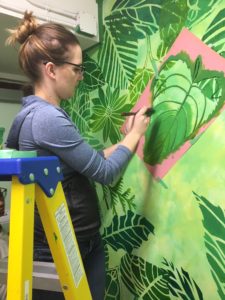 Inspired by a great summer of growing in 2017, we asked graduate students to create large scale stencils of the leaves and flowers of the 30+ native plants in this garden as a way to learn more about them. Making each stencil required careful observation and study of a specific plant – for many of these budding artists this will be the start of a special relationship with that species.Ā Ā Then a small and dedicated team of students spent two days using the stencils to create a large mural about the garden, developing their artistic skills along the way, and learning how to minimize the environmental footprint of mural painting.Ā Ā By the number of hours they spent, they were fully immersed in the creative process and the camaraderie of working together towards a common artistic goal. The text, in English, French and Anishinaabemowin, was suggested by the collaborating artists to honour their languages, and reflect the deeper meaning that the garden holds for them.Ā Here’s a photo of the completed mural.
Inspired by a great summer of growing in 2017, we asked graduate students to create large scale stencils of the leaves and flowers of the 30+ native plants in this garden as a way to learn more about them. Making each stencil required careful observation and study of a specific plant – for many of these budding artists this will be the start of a special relationship with that species.Ā Ā Then a small and dedicated team of students spent two days using the stencils to create a large mural about the garden, developing their artistic skills along the way, and learning how to minimize the environmental footprint of mural painting.Ā Ā By the number of hours they spent, they were fully immersed in the creative process and the camaraderie of working together towards a common artistic goal. The text, in English, French and Anishinaabemowin, was suggested by the collaborating artists to honour their languages, and reflect the deeper meaning that the garden holds for them.Ā Here’s a photo of the completed mural.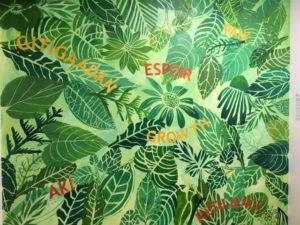
 Ā
Ā 





